RFID technology isn’t new. Many organisations have been using it to track their assets.
It’s especially prevalent in the transport industry, where tags are used to track vehicle movements. RFID brings a very high level of automation to their business process.
There are two forms of RFID technology: passive and active. Passive requires human intervention to extract data. The active technology offers significant advantages over its passive cousin as it constantly notifies tracking systems about an asset’s state.
It’s akin to people management solutions using cameras to receive reflected photons from people moving about, and automatically update any number of databases. All without human intervention.
Automated solutions are far more productive than dumb, manual solutions. And passive RFID has no place in data centre automated infrastructure management.
Active RFID technology is a natural fit for a data centre
Data centres have many assets: servers, network switches and storage devices to name a few. They’re valuable business assets. More importantly, significant amounts of valuable configuration data are attached to each one.
By applying an RFID tag to each asset, it’s possible to get a complete picture of your asset base — spatially and textually — which can be managed in real time.
Having an understanding of where your data centre assets sit, leads to a better understanding of your ICT and general operating costs. This isn’t just best business practice, it’s fundamental to any business.
Effective ICT asset management depends on you knowing exactly what’s in your data centre. It assists in understanding your actual asset investment at a commercial level, as well as configuration issues, upgrade candidates, and more.
Once installed, active RFID allows you to identify and collect a raft of metrics about your data centre assets, such as model number, serial number, configuration and warranty data.
The metrics can be transmitted by wireless to a tracking system, then used to perform a multitude of data centre management functions. For example, to give an alarm if the asset is removed, to analyse and report warranty, and to assist in upgrade and refresh projects.
It’s all about automation and creating information
Knowing what assets you have, and where they are, is good practice in any business. So much rides on it: maintenance contracts, depreciation schedules, warranties, refresh schedules, configuration schedules, project planning inputs, facility management … I could go on.
Doing this manually, even with some passive RFID involved, is a waste of an organisation’s operating capital. The process is slow. By its nature it loses currency as it progresses. And if the end result is merely a snapshot of thousands of pieces of raw data, then there’s little value in it.
Having to manually intervene in any process that is repetitive is unproductive.
For example, do I need to keep changing gears on a car to match engine speed to the road tyre speed? No. The automatic gearbox removes the need to judge speed and engine revolutions. It’s done in real-time. This leaves me, the driver, more time to focus on steering and to assimilate the environment and control the car.
Likewise, an active RFID solution constantly transmits raw data. Add smart analytics and it can be turned into information. Instead of focusing on collecting the data and analysing it, you can spend your time using the information to evaluate your ICT environment and improve your business.
That’s the value.
Remember, raw data is unorganised facts
Apart from telling you that there’s something there and providing some scale, raw data is mostly useless. It needs to be structured and organised.
That’s the clarity managers require to make informed decisions.
But let’s not kid ourselves. An investment in RFID comes at a cost: the cost of the system itself, and the cost of integrating and supporting it in the your ICT environment. That means it affects the network, security policies (network and wireless), operating system and application support, database support, change management, and more.
But, hey! Data centre users may have millions invested in ICT (hardware, software and people), not to mention the facility investment to support it.
So active RFID is a cost worth considering.











